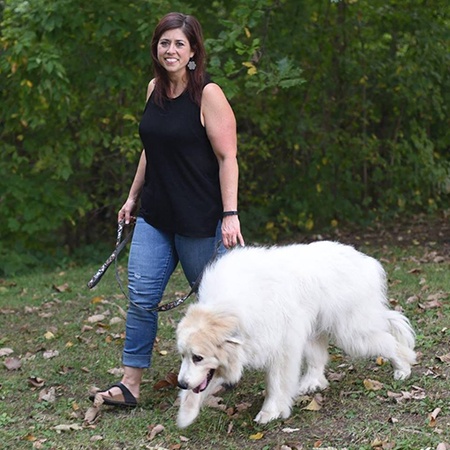 We can concur with many years of research that obesity can increase the risk of immune dysfunction. This is a multifaceted phenomenon often associated with factors such as physical inactivity, poor nutritional profiles, increased adiposity (fat tissue), and metabolic disorders/diseases. Commonly, the latter can gradually progress from the aforementioned factors.
We can concur with many years of research that obesity can increase the risk of immune dysfunction. This is a multifaceted phenomenon often associated with factors such as physical inactivity, poor nutritional profiles, increased adiposity (fat tissue), and metabolic disorders/diseases. Commonly, the latter can gradually progress from the aforementioned factors.
What we have also seen in recent years during the COVID pandemic is how important it is to address the risks to public health and mortality caused by poor health status and possible exposure to infectious diseases. The solution to shelter in place (reducing transmissions) was a band-aid to the very real problem that our culture is not perfect, and we have many individuals at risk due to unhealthy lifestyles. To improve public health on a broader scale, we need to make interventions at the community and individual levels.
Immediate Lifestyle Changes for Better Immune Health
- Increase Sunlight Exposure One immediate lifestyle change at-risk individuals can make to improve their immune health is to increase their exposure to sunlight. Sunlight exposure triggers Vitamin D synthesis via UV light and 7-dehydrocholesterol. This essential vitamin plays a critical role in respiratory immune response, including both inflammation and acute damage responses.
- Boost Physical Activity Another crucial intervention is increasing physical activity. This has a two-fold benefit: improving body composition and metabolic health, and potentially increasing Vitamin D levels (even without sunlight). This is because Vitamin D is stored in adipose tissue and can be released through the metabolism of fat cells.
Moving forward, we can improve the health of our community by helping each other enhance diets, increase physical activity, get outside in the sun, and maintain hygiene for others.
NIFS: Supporting Your Health Journey
Here at NIFS, we encourage members to participate in our outdoor classes, such as boot camp and Tabata. We also offer nutritional services and unconditional support for improving nutrient content and sustainability in dietary practices.
If you feel you may need a body composition assessment, we offer BodPod and NIFS3D scans that can provide more information on your health, including risk factors such as BMI, body fat percentage, waist circumference, and total energy expenditure. Our staff can educate you on what your readings mean, how they are relevant to you, and what strategies could improve your overall health and fitness in the long term.
We also maintain the utmost cleanliness on each machine and encourage our members to be diligent about cleaning machines after usage.
Please reach out and utilize the many free and additional services we offer to aid in your health journey. We are excited to have a great community, and we look forward to you being a part of it. Get outside and join us for some excellent fitness and health services!


 One of the most critical things we do for our health is sleep. Without sufficient sleep, we risk impairing cognitive function, developing chronic diseases and mental disorders, and even an early death.
One of the most critical things we do for our health is sleep. Without sufficient sleep, we risk impairing cognitive function, developing chronic diseases and mental disorders, and even an early death.
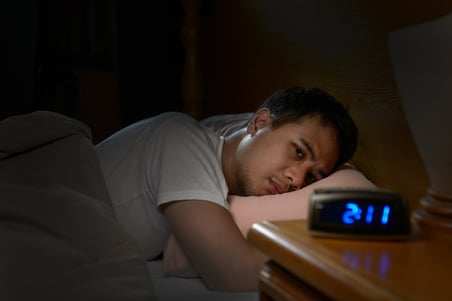 How often is it that you hear someone say, “Man, that was a great night’s sleep!” or “I slept like a baby!”? Not as often as we would like to hear, I would say! Being tired and feeling sluggish seems to be the new normal. According to the
How often is it that you hear someone say, “Man, that was a great night’s sleep!” or “I slept like a baby!”? Not as often as we would like to hear, I would say! Being tired and feeling sluggish seems to be the new normal. According to the 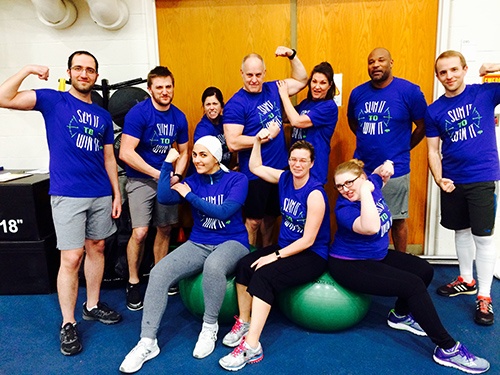 The NIFS 2018
The NIFS 2018 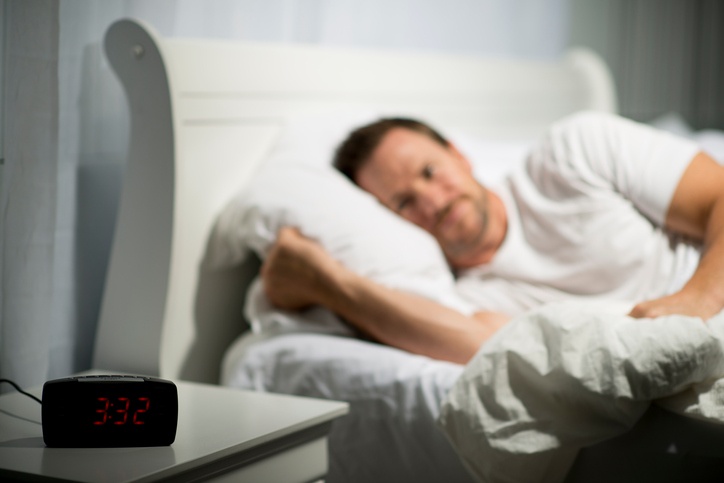 Matthew Walker, the director of the
Matthew Walker, the director of the 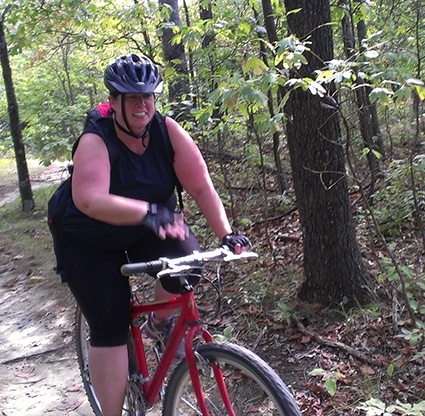 There comes a time when a story of struggle, strife, and success must be shared to remind others that you are never alone in your battle, and that achievement and happiness are closer than you may think. Katie Feltman has such a story.
There comes a time when a story of struggle, strife, and success must be shared to remind others that you are never alone in your battle, and that achievement and happiness are closer than you may think. Katie Feltman has such a story. 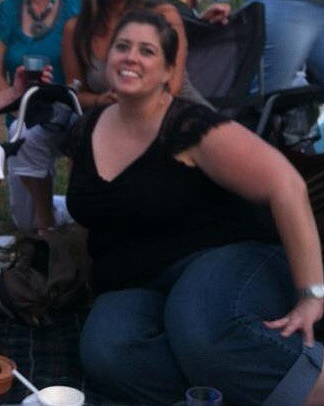 You’d think with the scary words the doctor was saying I would have walked out of there that day and taken charge of things right then. But change isn’t like that—not for me, at least. I was frustrated with how I felt, and I know this will sound superficial but it is true: I hated how I looked, which I didn’t realize then but now know was key to my struggle. Self-hate = no self care, and that was how I was living my life. I was living life in a muted capacity, and I lacked the motivation to do something about it—any of it.
You’d think with the scary words the doctor was saying I would have walked out of there that day and taken charge of things right then. But change isn’t like that—not for me, at least. I was frustrated with how I felt, and I know this will sound superficial but it is true: I hated how I looked, which I didn’t realize then but now know was key to my struggle. Self-hate = no self care, and that was how I was living my life. I was living life in a muted capacity, and I lacked the motivation to do something about it—any of it.
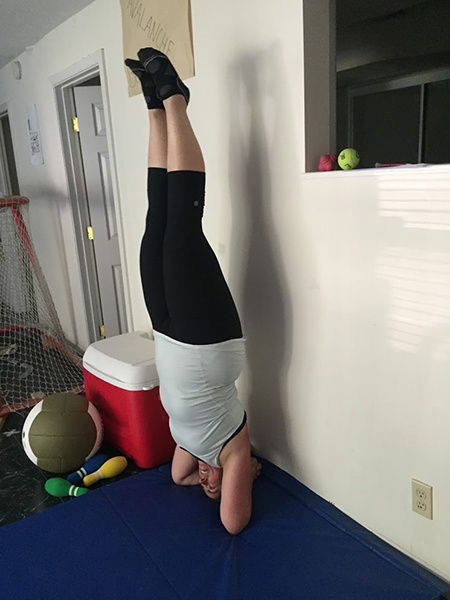 When I last left you in
When I last left you in 
